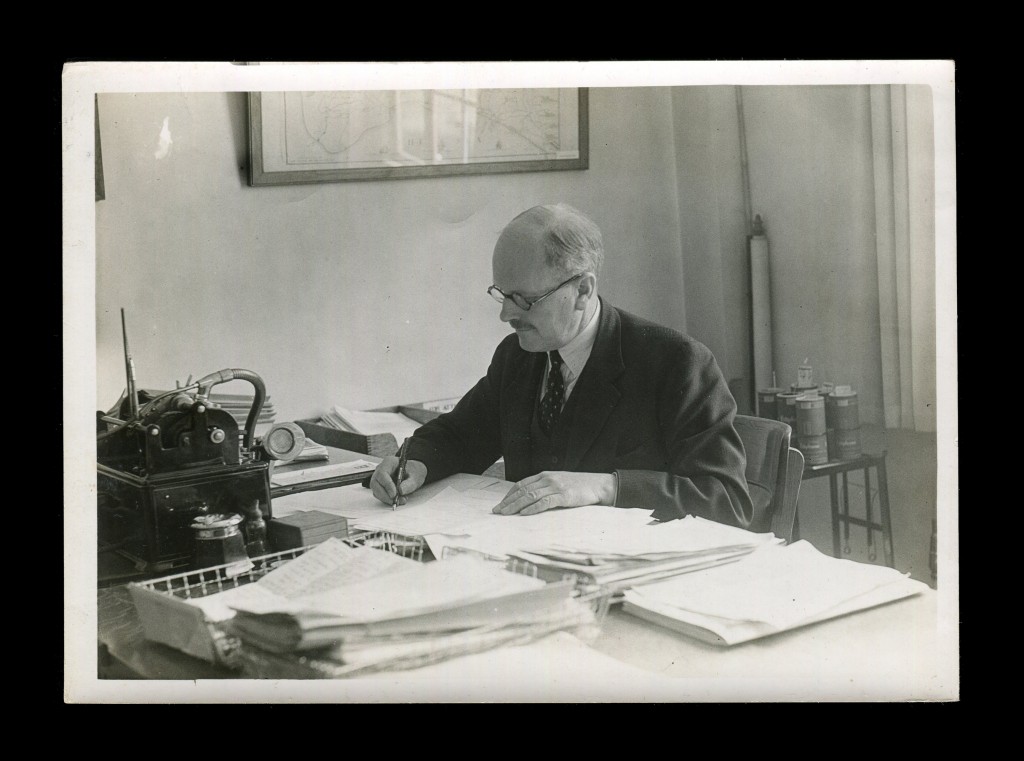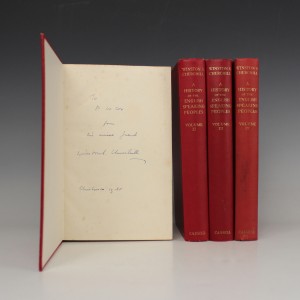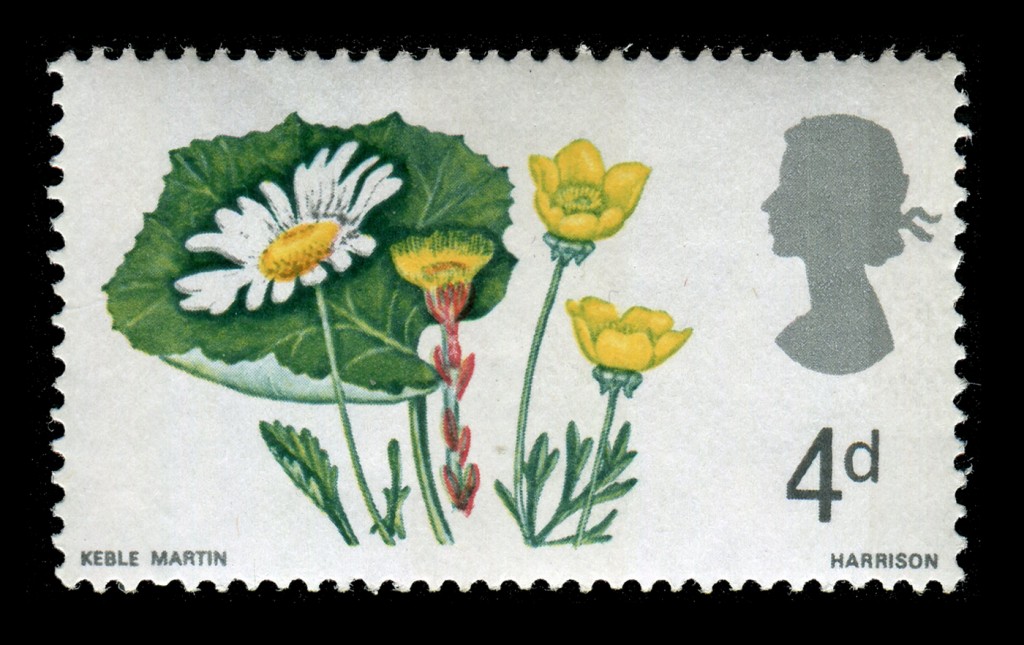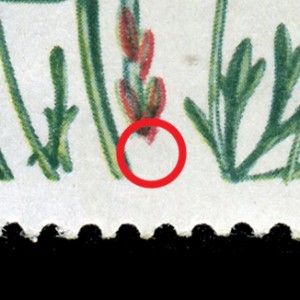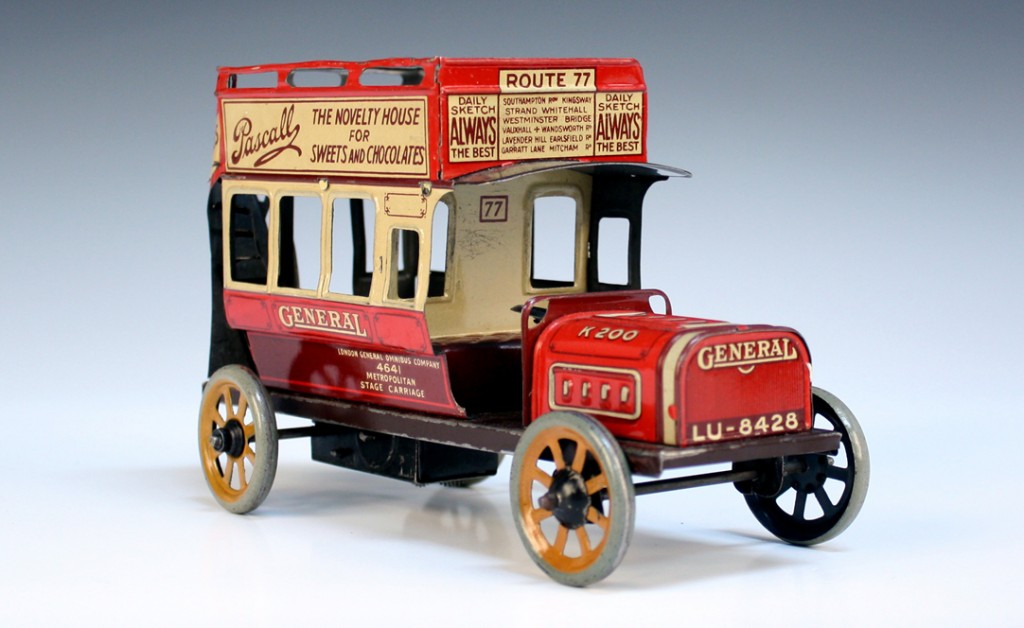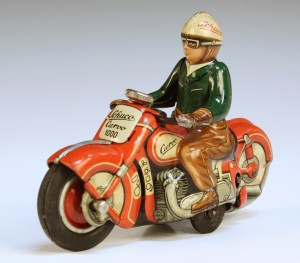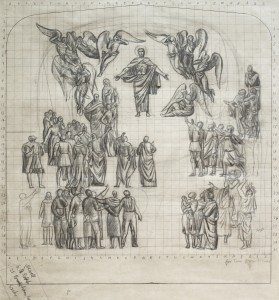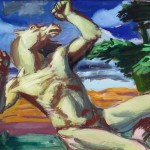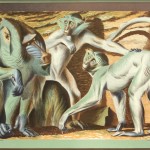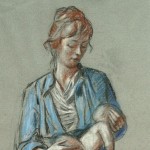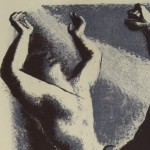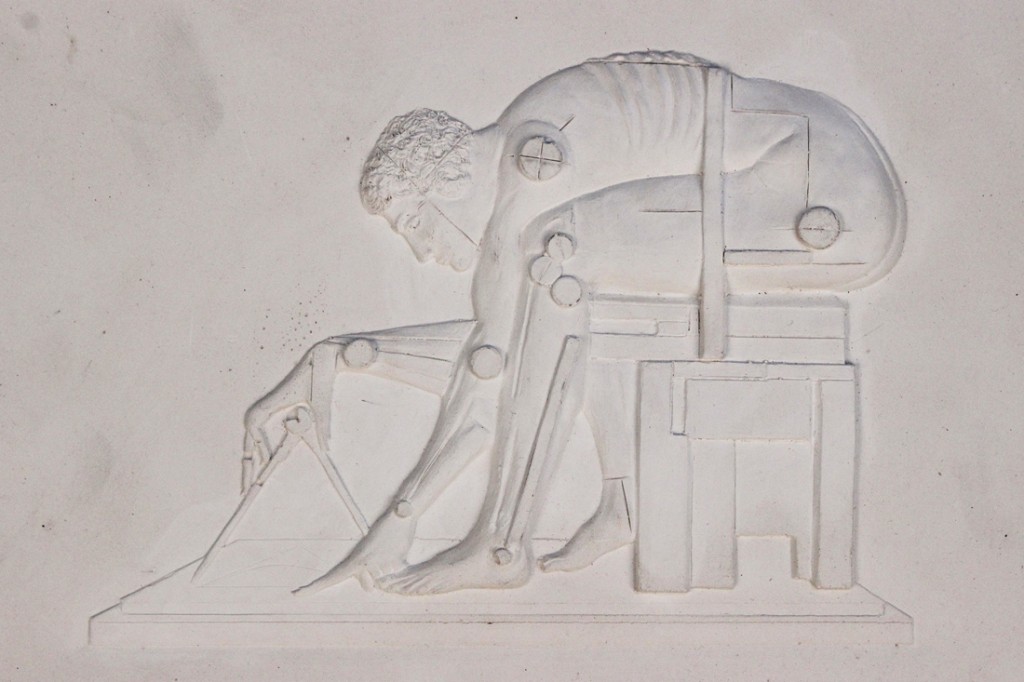
Sir Eduardo Paolozzi (1924-2005) was a British sculptor, printmaker, filmaker and writer. He is regarded as one of the most inventive British artists to come to prominence after the Second World War with his legacy ranging from pop art to monumental public works.
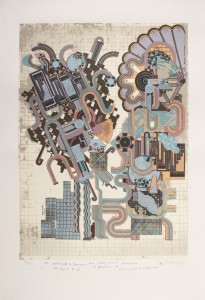
He attended St Martin’s School of Art in 1944, continuing his studies in sculpture at the Slade School of Fine Art where, despite his teacher’s disapproval, he discovered the work of Pablo Picasso. This influence is plain to see in his sculptures and cubist-derived collages. On a trip to France he was exposed to surrealism, which gave him the foundations for all future work. It was also while in Paris, Paolozzi produced rudimentary collages from the adverts contained within American glossy magazines that echoed Dada photomontage. These early examples of pop art were the focus of a recent exhibition at Pallant House Gallery, featured by Rupert Toovey in his article ‘“Collaging Culture” at Pallant House Gallery‘.
His large public sculptures were numerous, in Britain they included the mosaic decoration in Tottenham Court Road underground station, a bronze figure of Isaac Newton for the entrance of the British Library, an abstract monument for Euston Square in London and a large sculpture for the Royal Bank of Scotland headquarters in Edinburgh. Eduardo Paolozzi was made a CBE in 1968, an RA in 1979 and a knight in 1989. The Tate Gallery had a retrospective exhibition of Paolozzi’s work in 1971.
Throughout Paolozzi’s career the human form, language and a fascination of industrial engineering remained as sources of inspiration. These influences can all be seen in a single owner collection of works by Sir Eduardo Paolozzi to be offered at Toovey’s on 26th March 2014. The collection of plaster and bronze sculptures and prints by Paolozzi was discovered by Rupert Toovey in an attic in Newhaven. In his recent article Rupert states:
“This exciting collection provides a valuable insight into the work of Sir Eduardo Paolozzi. There are iconic examples and more modest pieces expressing the joy and humour in his view of the world, often with a surrealist influence. Paolozzi’s work is layered, textural and thought-provoking, delighting the eye and the mind.”
The single owner collection will be offered for sale as part of the Selected Fine Art Auction (Lots 1-68) on Wednesday 26th March 2014. Viewing for the auction commences on Saturday 22nd March between 9.30am and 12 noon. Click here to view the collection online.
